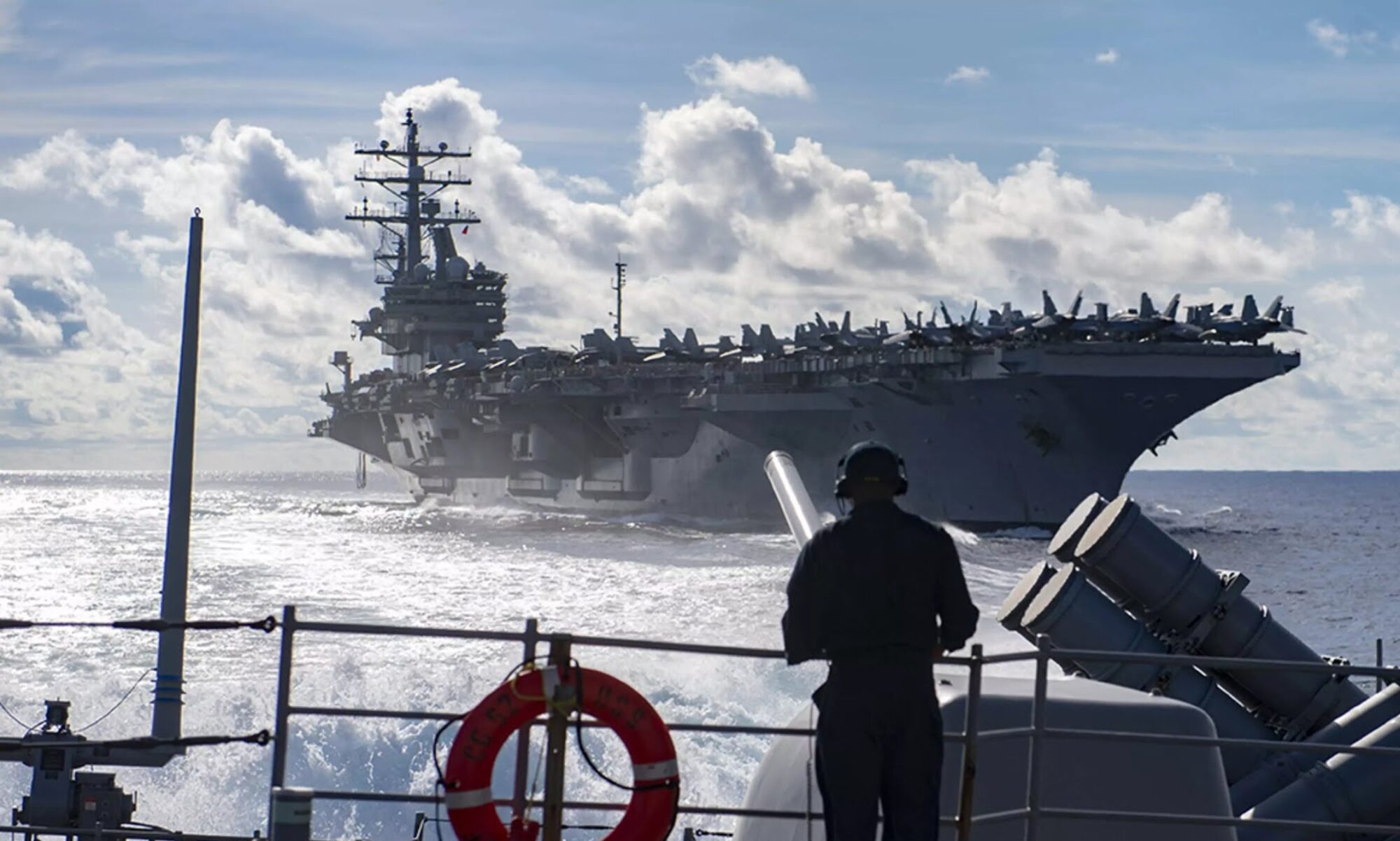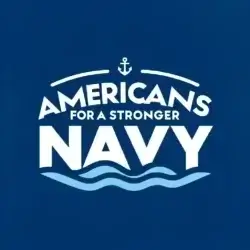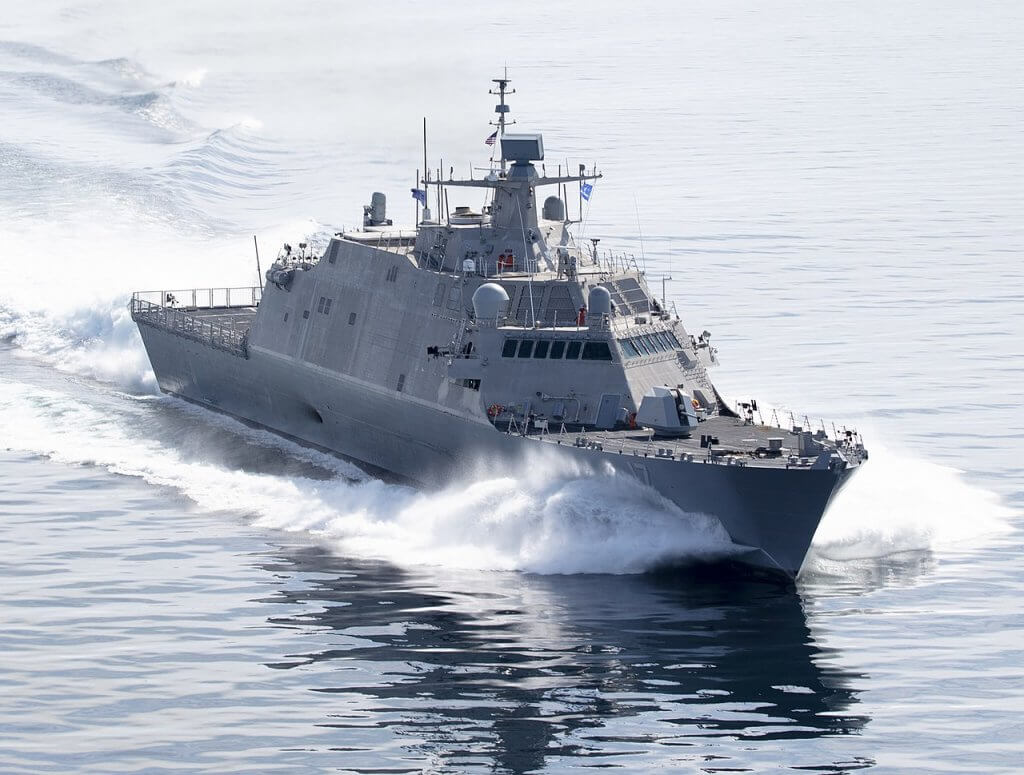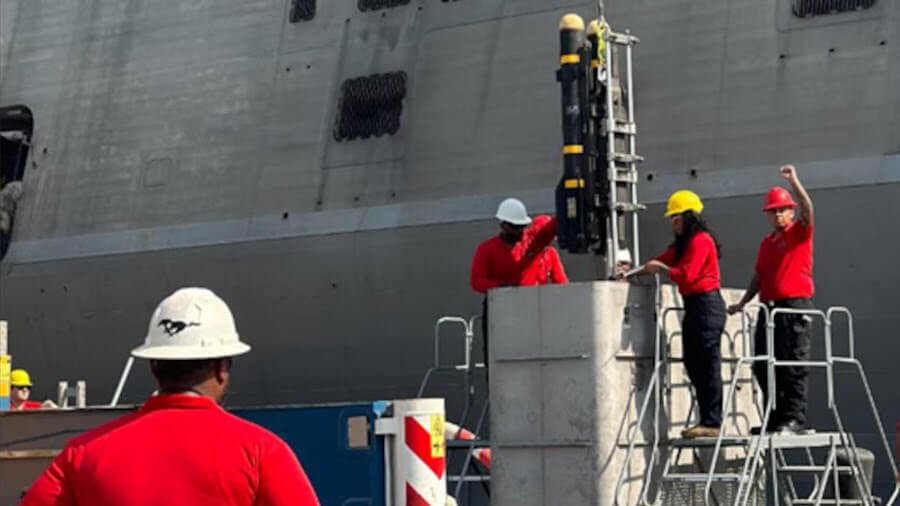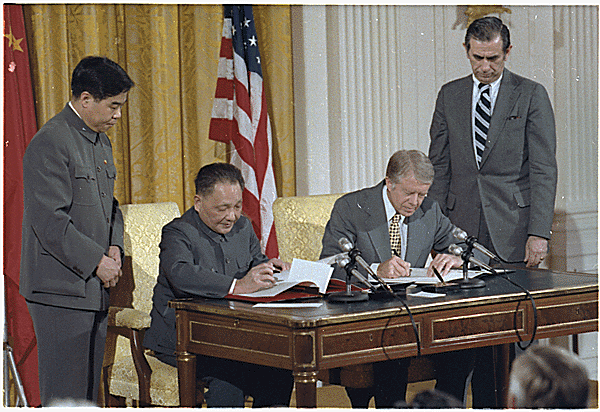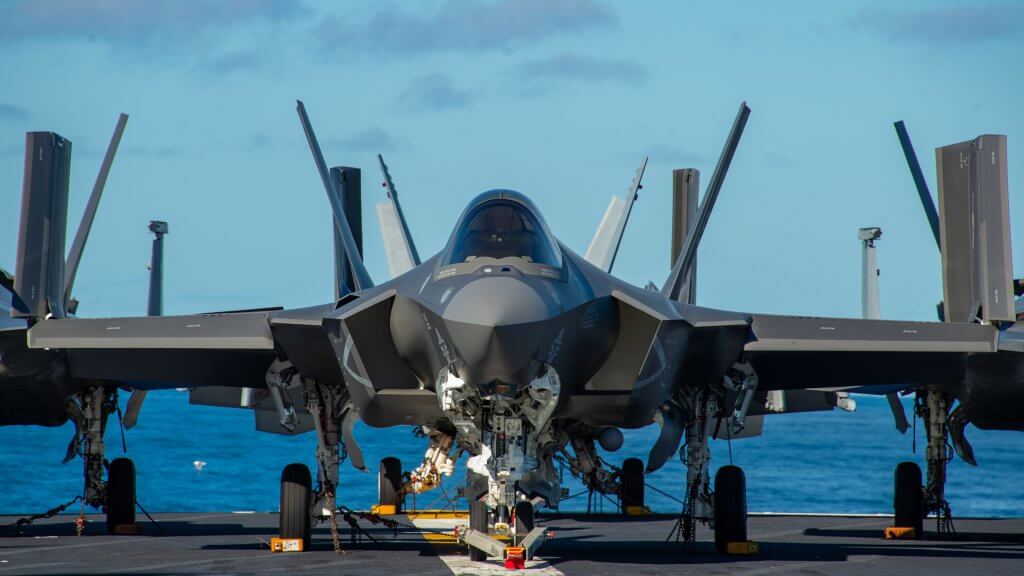As part of China’s ongoing push to enhance its global military and strategic presence, a significant development has emerged with the deployment of the Liaowang-1, China’s next-generation maritime space tracking vessel. This vessel is a direct response to the increasing integration of space operations with naval activities, marking a major leap in China’s ability to track U.S. military satellites and missile launches on a global scale. It’s not just about satellite monitoring—this ship’s capabilities have far-reaching implications for naval and space-based military operations, reshaping how global surveillance and intelligence will be conducted.
What This Means for the U.S. and Its Allies
The Liaowang-1 enhances China’s ability to track intercontinental ballistic missile (ICBM) tests, providing crucial data on missile trajectories and satellite orbits. More than just a space-tracking ship, this vessel also plays a key role in China’s growing anti-satellite (ASAT) capabilities, providing real-time telemetry from space and missile launches. For the U.S. Navy and its allies, this development presents new challenges, as China can now monitor naval movements, space launches, and satellite trajectories over vast distances.
00Moreover, this new vessel underscores China’s strategic ambition to exert greater control over both the high seas and space. With Liaowang-1 operating from international waters, China is signaling its intent to be a dominant player not only in maritime power but also in space warfare—a domain that is becoming increasingly integral to national defense.
Why Americans Should Care
The U.S. Navy is at the forefront of global naval operations, ensuring the safety and security of international trade routes, conducting deterrence operations, and supporting allies around the world. China’s advancements in space and missile tracking, as exemplified by Liaowang-1, directly challenge the U.S. Navy’s ability to operate freely and securely. By enhancing its space surveillance capabilities, China is positioning itself to challenge U.S. technological and strategic dominance.
In an era where naval power and space capabilities are increasingly intertwined, the United States must be proactive in adapting its strategies and technologies to ensure continued maritime supremacy. The U.S. Navy’s ability to secure its operations, maintain intelligence superiority, and protect vital infrastructure relies on staying ahead in the race for space-based military assets.
Implications for the Navy and National Security
The deployment of Liaowang-1 highlights a critical shift in how modern naval and space operations are conducted. The U.S. Navy will need to strengthen its own space-based capabilities to ensure that it remains a step ahead in this high-stakes geopolitical game. The Navy’s strategic advantage depends on continued investment in satellite defense, advanced tracking systems, and the integration of space operations into traditional naval doctrines.
In response to these threats, the U.S. must prioritize modernizing its naval fleets, enhancing its cyber and space defense infrastructures, and forging stronger alliances with global partners. The challenge posed by China’s expanding surveillance and space capabilities is not just a military issue; it is a critical component of national security, requiring a unified, cross-domain defense strategy.
Looking Ahead: What’s at Stake
As we delve deeper into the Charting the Course educational series, the growing influence of China in both maritime and space domains will continue to be a focal point. It’s crucial for Americans to understand how these developments impact national security and the U.S. Navy’s readiness. Strengthening our naval forces and space defense capabilities isn’t just an option—it’s an imperative to safeguard our interests and uphold global stability in an increasingly competitive and unpredictable world.
The world is watching as China asserts its space and naval dominance. The question is: will the U.S. be ready?
